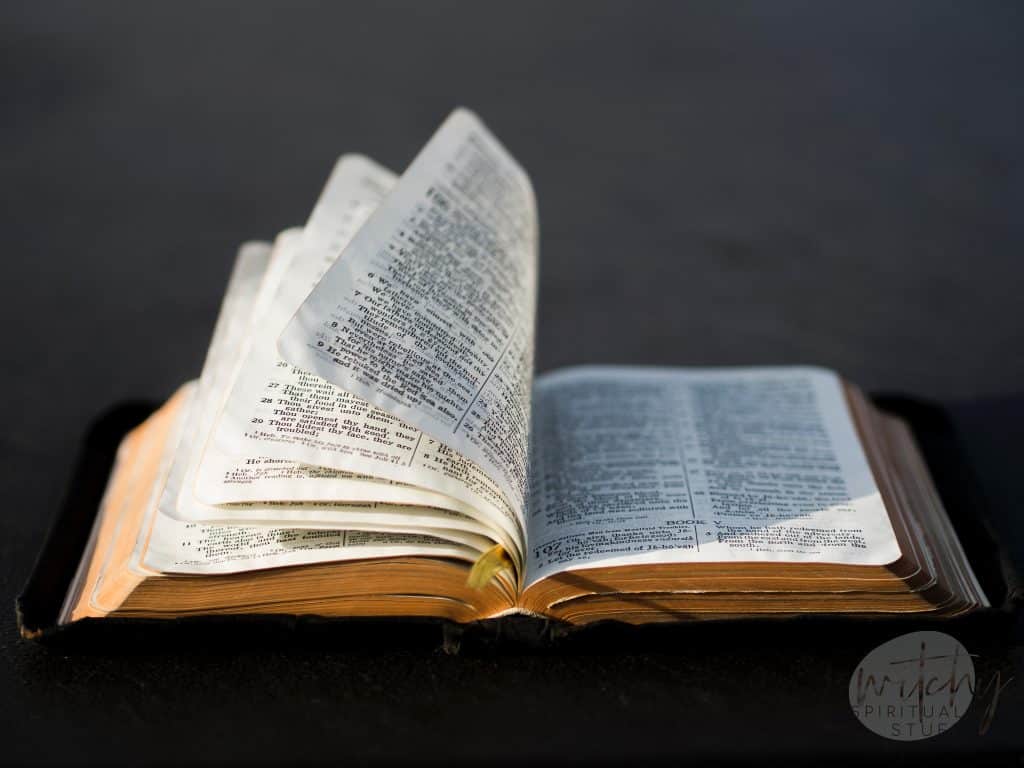Burning Sage in the Bible: Understanding the Meaning and Significance
Have you ever wondered about the practice of burning sage and its connection to the Bible?
Burning sage is a practice that has gained popularity in recent years as a way to cleanse negative energy and promote spiritual well-being.

However, its roots can be traced to the Bible and incense burning.
Table of Contents
What is Incense, and How was it Used in the Bible?
Incense is made from aromatic plant materials, typically burned for its pleasant scent. In the Bible, incense was a vital part of worship and prayer. God instructed Moses to prepare a blend of spices and herbs to burn as a holy incense offering on the altar before the Lord (Exodus 30:34-38).
The priests were required to burn incense every morning and evening in the tabernacle and later in the temple (Exodus 30:7-8; 2 Chronicles 13:11).
The incense symbolized the prayers of God’s people rising up to heaven (Psalm 141:2; Revelation 5:8; 8:3-4). Burning incense was seen as a way to offer worship and honor to God.
Some of the incense mentioned in the Bible are frankincense, myrrh, stacte, onycha, galbanum, cassia, cinnamon, and more (Exodus 30:34; Song of Solomon 3:6; Isaiah 60:6; Matthew 2:11).
The Significance of Burning Incense in the Bible
Burning incense in the Bible was seen as a way to purify and cleanse the air during religious ceremonies. The smoke was believed to carry the prayers of God’s people up to heaven, and it was a symbol of the presence of God.

The sweet fragrance of incense was also seen as a way to offer worship and honor to God.
However, it is important to note that burning “strange” or unauthorized incense was forbidden by God and could result in death or judgment (Leviticus 10:1-2; Numbers 16:35-40; Isaiah 66:3).
The use of incense in the Bible was not meant to be taken lightly, and it was a practice that required respect and reverence.
How Does Burning Sage Compare to Burning Incense?
Burning sage, or smudging, is rooted in Native American culture. It involves burning bundles of dried sage leaves, and it is believed to cleanse the air of negative energy and promote spiritual well-being.
While there is no direct mention of sage in the Bible, some scholars believe that the practice of burning sage has its roots in the ancient Middle East and may have been used in the Bible as a form of purification.

Burning sage and burning incense share similarities in that they both involve burning aromatic materials for spiritual purposes.
However, they also have some significant differences. For example, burning sage is primarily used for purification and cleansing, while burning incense was used for worship and prayer.
How Can You Burn Sage Respectfully and Effectively?
If you want to incorporate the practice of burning sage into your spiritual journey, it is important to do so respectfully and effectively. Some practical tips include:
- Use high-quality, sustainably-sourced sage.
- Burn sage in a well-ventilated area.
- Set an intention for the smudging, such as cleansing negative energy or promoting positivity.
- Use a feather or hand to direct the smoke around your body or space. It is also important to be mindful of cultural appropriation and approach the practice respectfully and with understanding.
The Benefits and Risks of Burning Sage
While burning sage has gained popularity as a way to cleanse negative energy and promote spiritual well-being, it is important to note that this practice has potential benefits and risks.

Some of the benefits of burning sage include:
- Promoting relaxation and reducing stress and anxiety.
- Improving mood and promoting positive energy.
- Enhancing spiritual experiences and promoting mindfulness.
However, burning sage can also pose some risks, such as respiratory issues and allergic reactions. It is important to use high-quality sage and burn it in a well-ventilated area to minimize potential negative effects.
Understanding the Significance of Burning Sage in the Bible
In conclusion, the practice of burning sage has a long and fascinating history, with roots in Native American and ancient Near Eastern cultures.
While it is not explicitly mentioned in the Bible, it has some similarities with the practice of burning incense, which was a vital part of worship and prayer in biblical times.

Whether you want to incorporate this practice into your spiritual journey or learn more about its significance, it is important to approach it with respect and understanding.
By doing so, you can tap into this practice’s ancient wisdom and spiritual power and enhance your overall well-being.






